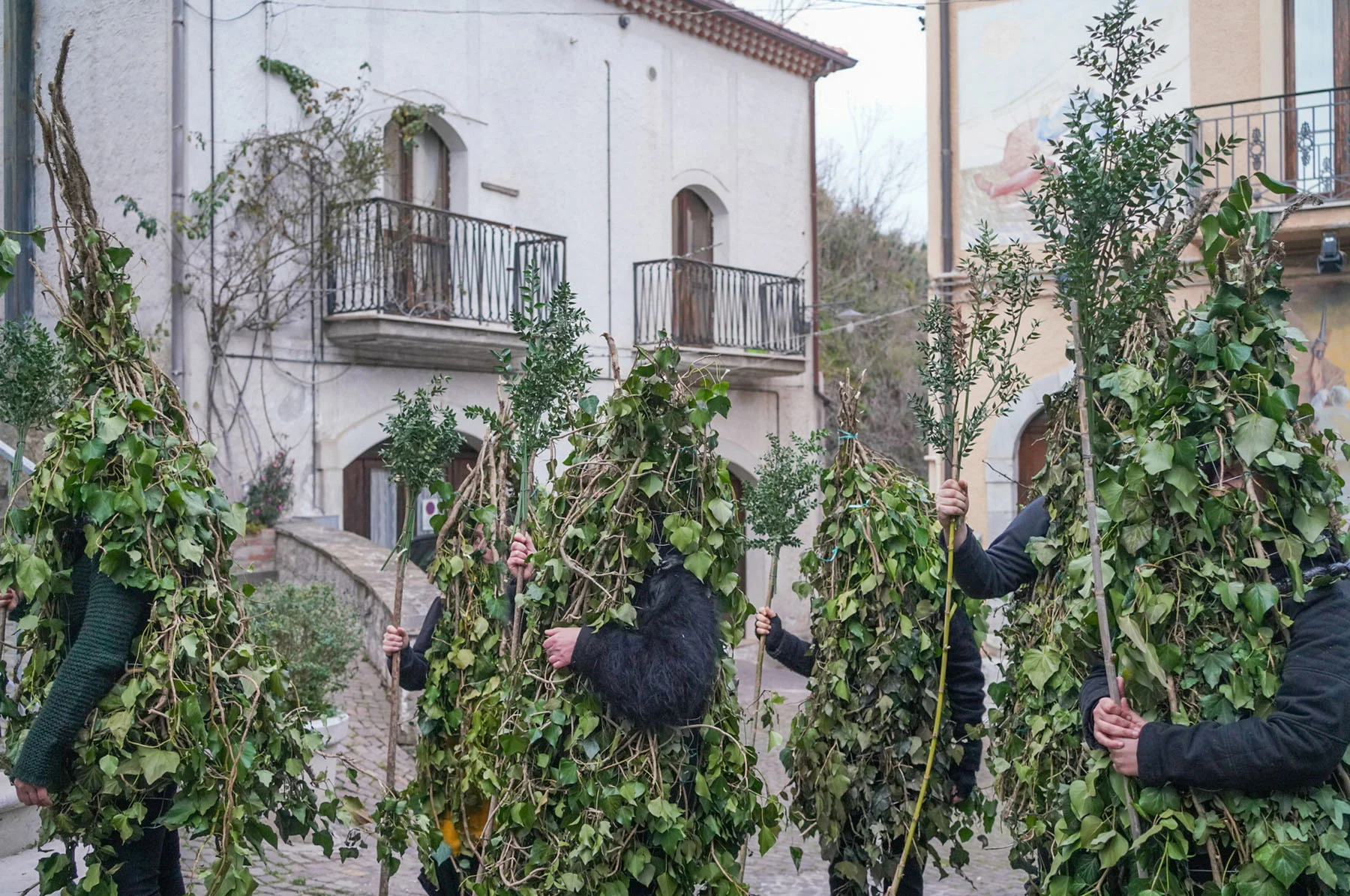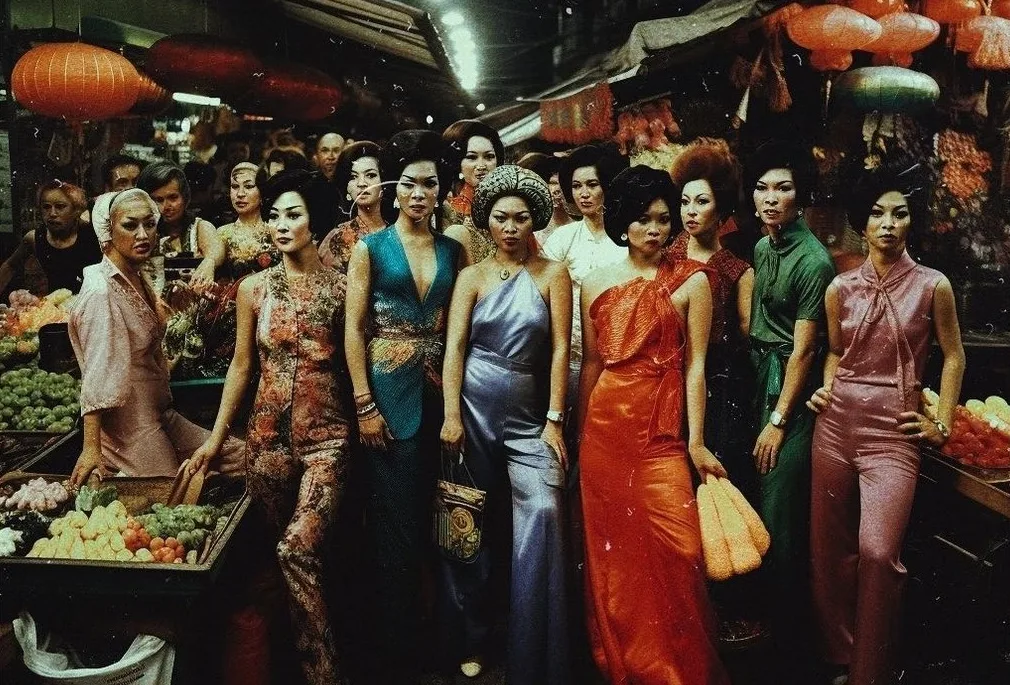

When artist Karl Ohiri discovered, on a trip to Lagos, that many of the city’s photo studios were destroying or discarding their analog archives, he knew something needed to be done. Lagos Studio Archives, which Ohiri runs with his partner Riikka Kassinen, is dedicated to preserving this visual history of the city, and has salvaged hundreds of thousands of negatives (and a few original prints) so far. They tell Bruno Bayley about its story so far, and introduce us to their first collection to be exhibited; the beautiful shots taken by Abi Morocco Photos in vibrant 70s Lagos.
In 2015 artist Karl Ohiri, who runs Lagos Studio Archives alongside his partner Riikka Kassinen, was in Nigeria when he first became alarmed about a vibrant, as-yet underexposed and irreplaceable part of the country’s visual history being erased. As Lagos, a megacity renowned for its vitality and dizzying pace of change, continued its charge into the digital era, the photographers who had run or were still running the city’s many photo studios were discarding or destroying their analog archives. Decades of beautiful and crucial vernacular photography that charted the metropolis’ evolution was at risk.

“I’m British Nigerian and Nigeria has always been a place that’s between two worlds for me, I could always approach it with fresh eyes and the perspective that came with being from the UK,” Ohiri explains, when asked about the project’s earliest days. “Studio photography was very big in Nigeria in the 70s—people wanted to record their lives. When I’d ask these photographers if I could see their archives they’d say they didn’t have them, some said they’d destroyed them. Many of them were burning them, others were leaving them to deteriorate in humid conditions. In their eyes the work had been done, why store it all?”


Ohiri returned to London and sat with the idea of Lagos’ photographic history slipping away. “That’s when I understood something needed to be done, and I started on this journey,” he says. Kassinen officially joined the Lagos Studio Archive project in 2022, though she’d been involved earlier, supporting in the daunting task of salvaging a city’s visual history.
Of the many studio archives the pair have preserved, the first to be exhibited is that of Abi Morocco Photos, currently on show at Autograph, London, curated by Lagos Studio Archives and Bindi Vora.


Run by Funmilayo and John Abe, a husband and wife team, the studio’s work stood out to Ohiri and Kassinen. The Abes’ collaborative approach to managing their business was unusual in an era when few women worked as professional photographers in West Africa, but the division of labor—with Funmilayo generally running the studio while John ranged further, photographing weddings, parties and events—was relatable. “We loved their story,” says Ohiri. “It reflected the way we work together. We’re a partnership, and we’re partners as well. Being able to understand that working relationship was so nice.”
Many of the photographers Ohiri and Kassinen manage to speak with are in their 70s or 80s. The Abes were no exception, back in 2019 when the pair first approached them. “We were just very concerned that if we didnt work with them right away we’d miss the opportunity,” says Ohiri. “There’s a real sense of urgency to the work. There are four or five archives we hold whose owners have passed away since we started the project. When that happens the access to context and information is erased.”

From 2019 onward there was a collaborative approach to exploring the archive, explains Kassinen. “We did a residency and had the opportunity to really look into their archive and work with them closely, interviewing them and speaking about specific images as well as the stories behind them.” The chance to work closely with an archive’s owners was a rare treat for the project team. “Having the opportunity to sit down, to eat, joke and laugh with them, that was unique,” recalls Ohiri. “It was really emotional, revisiting these images they’d taken so many years ago, sharing that journey into their memories and history.”


It was really emotional, revisiting these images they’d taken so many years ago, sharing that journey into their memories and history.
The quality of the Abes’ photographs jumped out to Ohiri. While some archives he and Kassinen hold convey the sense they were created by adept technicians, the Abes, Ohiri says, “really saw themselves as photographers, as pursuing the art of photography. There’s something about the passion that you can really see in the Abi Morocco work, the skill, the composition and the idea of capturing that decisive moment, picking the shot.”
The images in the Abi Morocco archive capture not just the lives of individuals, but a period of Nigeria’s history. As with much vernacular photography, the photographs can be seen as offering an alternative view, a counterbalance to disembodied news images or iconic shots that all too often come to represent complex places and peoples. “[Images like these] are very intimate, authentic,” says Ohiri, “It’s a narrative that’s very rarely shown. Within these loose, vernacular, private moments you find vulnerability and sensitivity. You find so much joy. Love. The everyday: people unposed and at times unready for the photograph, relaxed, off guard. You can also see their aspirations. People would use the studio as a space to dream.”

The mid to late 70s in Lagos was a time of optimism for many. The nation’s civil war ended in 1970 and was followed by an economic boom spurred by an uptick in oil production. “I think in the photos you can see there was an attitude of optimism, a carefree feeling among many,” says Kassinen, and Ohiri agrees: “You can see that there’s optimism in the air in this transitional period; western technologies and clothing are coming in, there’s 70s youth culture, fashion. It was a really important moment in Nigeria’s history.”


In the photos you can see there was an attitude of optimism, a carefree feeling among many.
Ohiri and Kassinen are planning a book on the Abi Morocco Studio’s work, and continue to add new images to their archive, though there are limits to what they can do. “We’re just a small artists’ project, but nevertheless we’ve always taken the view that it’s best these archives are saved while they can be, we can work out what to do with them later. It may well be that we can’t get through them all in our lifetimes, but once they are protected it creates an opportunity for a life that might exist after we’re gone.”
Sadly, the sense of urgency driving Kassinen and Ohiri’s work was to be validated just two months after their last Abi Morocco residency, when John Abe died. “He was buried on the 4th of October, and the show opened on the 31st. It really put into perspective this idea of time, and the vulnerability of the archive,” says Ohiri. “It’s a race against time.”

